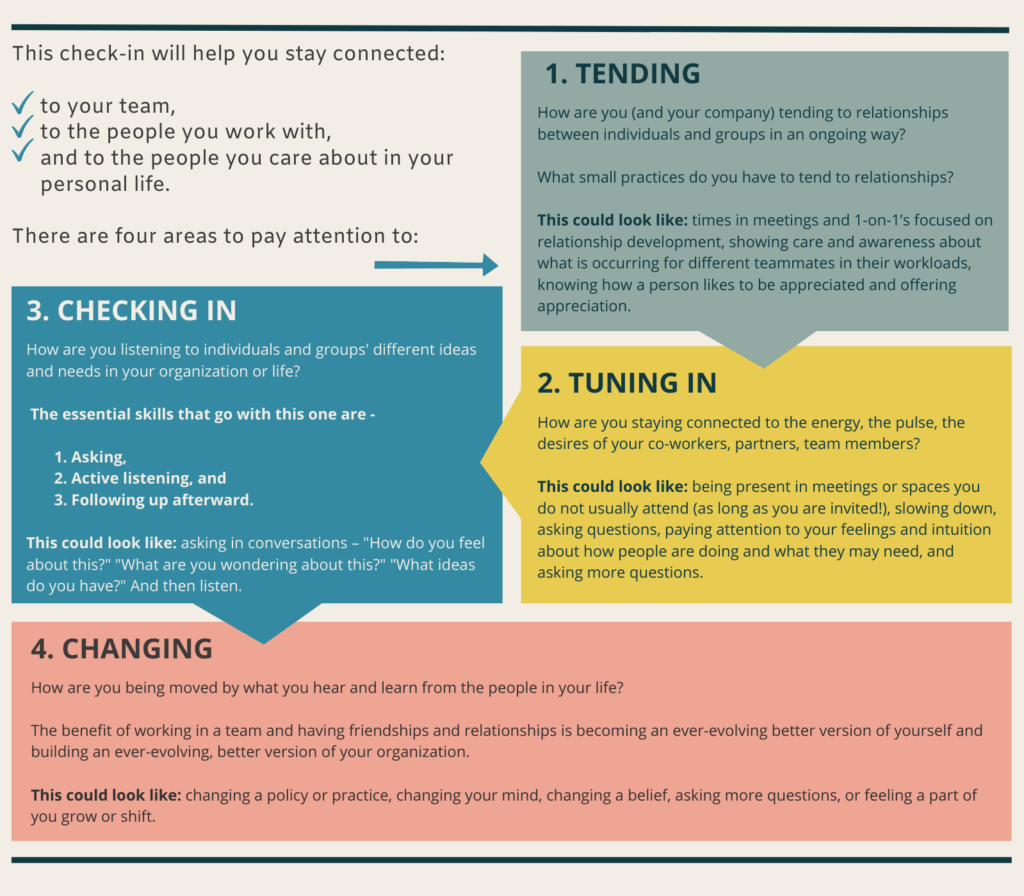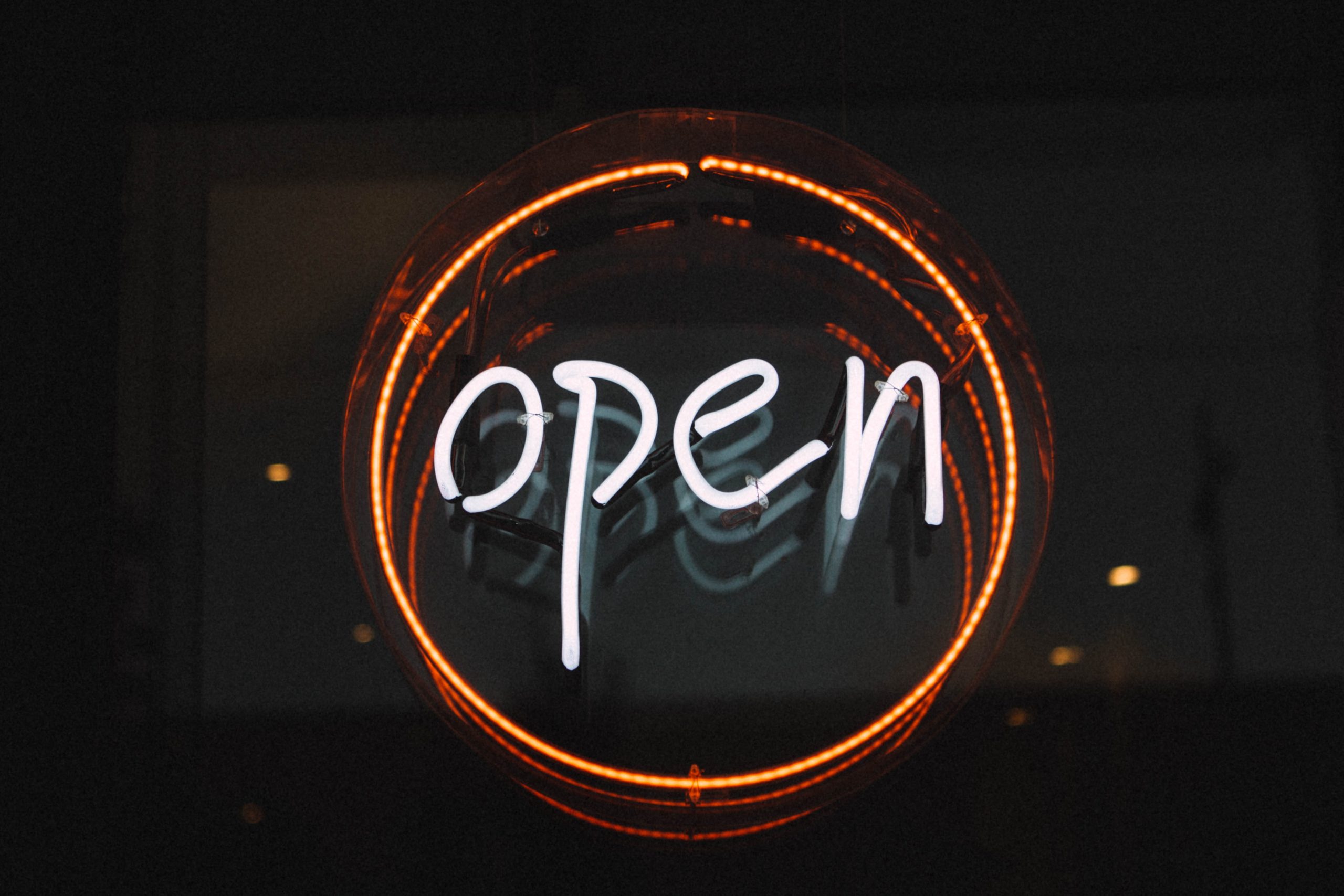Know how you (yourself and your organization) make decisions.
And then show everyone you work with and on behalf of who makes which decisions and how you make those decisions.
This is simple. Perhaps it’s so fundamental that it does not need to be mentioned. However, I find this is one of the easiest ways leaders can increase and gain trust, and it is the quickest thing to slide when you get busy or overwhelmed.
There are hundreds of ways to decide. In groups, with one person. With input and many feedback loops, quickly with no contributions. With a vote, a scale, a discussion, or a consensus.
The key is knowing the critical decisions you must make in any role or during a project. Then, get clear on which way you will make the decision and who will do it. Then, communicate that process multiple times to those who are involved.
Think of a project right now… ask yourself, do we know how we are making the final decision? Or the decisions leading up to the final decision? If so, have you clearly communicated that to everyone impacted?
And if you are not the one with deciding power, have you built a relationship with the deciders and asked them questions about the decision-making process?
Bonus points if you can do this from a genuine place of curiosity and partnership, not as a “gotcha moment.”
(Guess what this works in your personal life too!)
Check out below the first decision questions I ask when supporting a project and my top tips for building trust and clarity in your decision-making.
Ask these questions first:
- Are the people most impacted by the decision a part of making the decision or, at the very least, consulted?
- Does everyone know the decision-making process, who is involved, how the decision will be made, and who is the final decider?
- Does the decision-making process match the importance of the decision?
Examples – If you are making a decision that impacts your clients for the next 5 years, are you taking the time to make that decision thoughtfully with feedback and input? If you need to decide on a bathroom tile color, are you using the least time and resources possible?
Shout out to these consultants, whom I’ve learned from and who do an excellent job setting people up with transparent decision-making and thinking about power dynamics – Andrea Paull, Paola Maranan, and Makeba Greene.
My Top Decision-Making Tips
Choose only a handful of ways you will make decisions as individuals and teams and use them repeatedly.
Vet them for a balance of ease of use and inclusion in the process and then replicate that way of deciding across the business or organization.
Take in and listen to different perspectives.
You will be a better leader and make stronger decisions if you listen to diverse perspectives.
Clearly define the problem and possible solutions.
Know what you are deciding and why. Ideally, state the problem in the form of a question and look for multiple solutions.
Slow down before you make a significant decision.
Encourage your team to have time to breathe, pause, and think before making a major decision. Even if it is an emergency, you can usually afford 5 minutes and a phone call to someone else before you make the final call.
Name the power you and others hold. Get used to naming when you are deciding.
Your co-workers, employees, and clients should know you are making the decision even without input. It builds trust and clarity when you give honest answers about how a decision is made.
(Do I think you should give up some of your decision-making power? Yes, I do. There are many thoughtful ways to share power and gain creativity in decision-making.)
Be clear about when and how you will use input in your decision-making.
Name when and how feedback will be used in your decision. Come back to anyone you asked for input and name how you used it in your decision, including why you did not follow advice. Clarify when you are not asking for input and why.
Coach and support your team to know different ways to make decisions and use a few tools everyone is trained on for making decisions.
Give your team the tools you are using. Have managers share their strategies for decision-making and take through their decision-making processes and reasoning. The more you prepare everyone to make thoughtful, aware, value-aligned decisions, the stronger your organization is.
Do you want to know the other vital processes essential to making teamwork work?
Check out this post!
P.S. Guess what?
Inside Clear Harbor in the fall, we will lead a 5-part series on how to set up a solid set of decision-making processes and deal with sticky, complex decision-making. Be on the lookout for when our doors to the community open in the fall!




![How to bring in joy & intention when building partnerships [Leaders Creating Change Series]](https://www.annievonessen.com/wp2015/wp-content/uploads/2023/02/xuke123-_JdB2UenEbA-unsplash-scaled.jpg)











